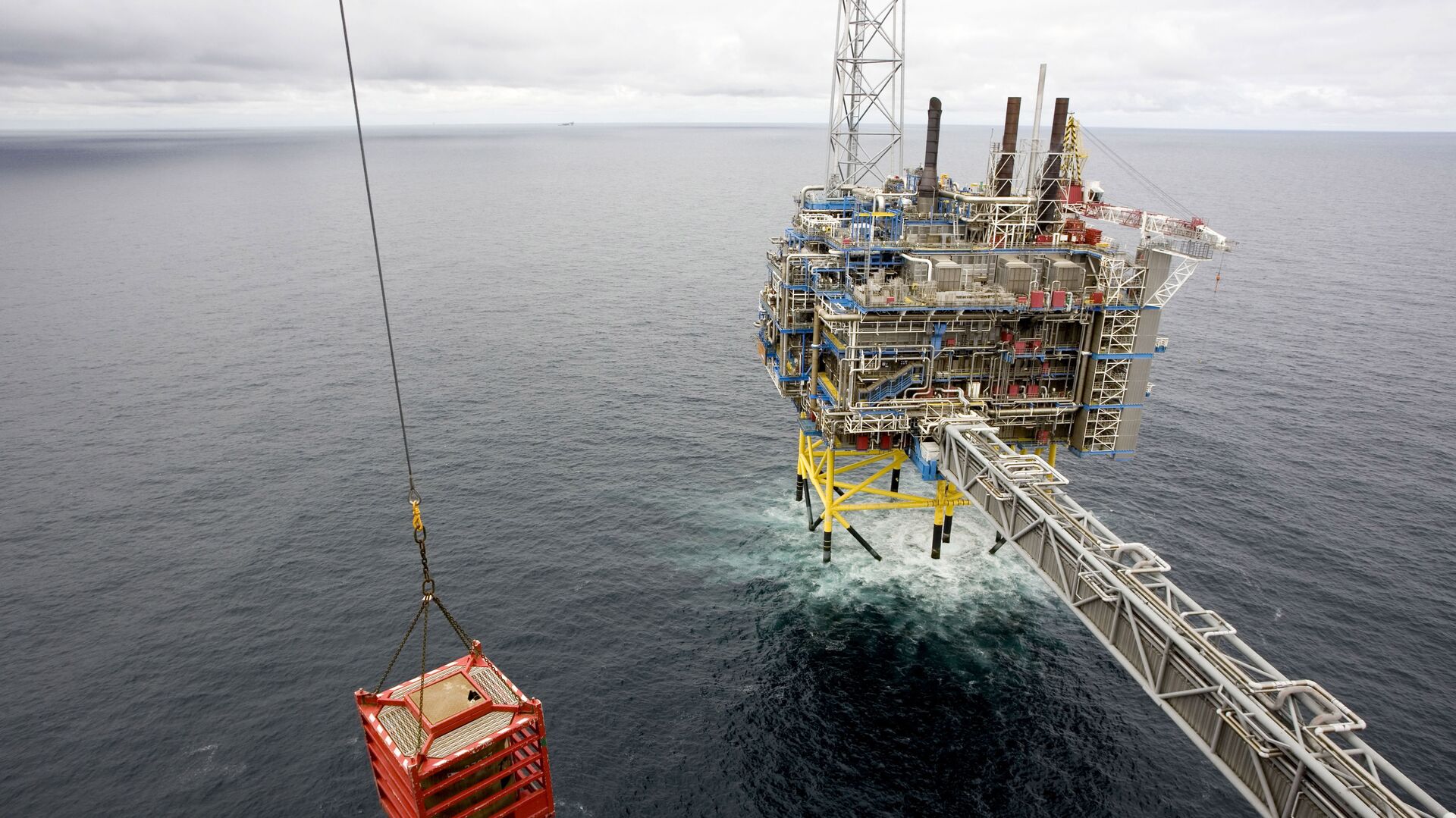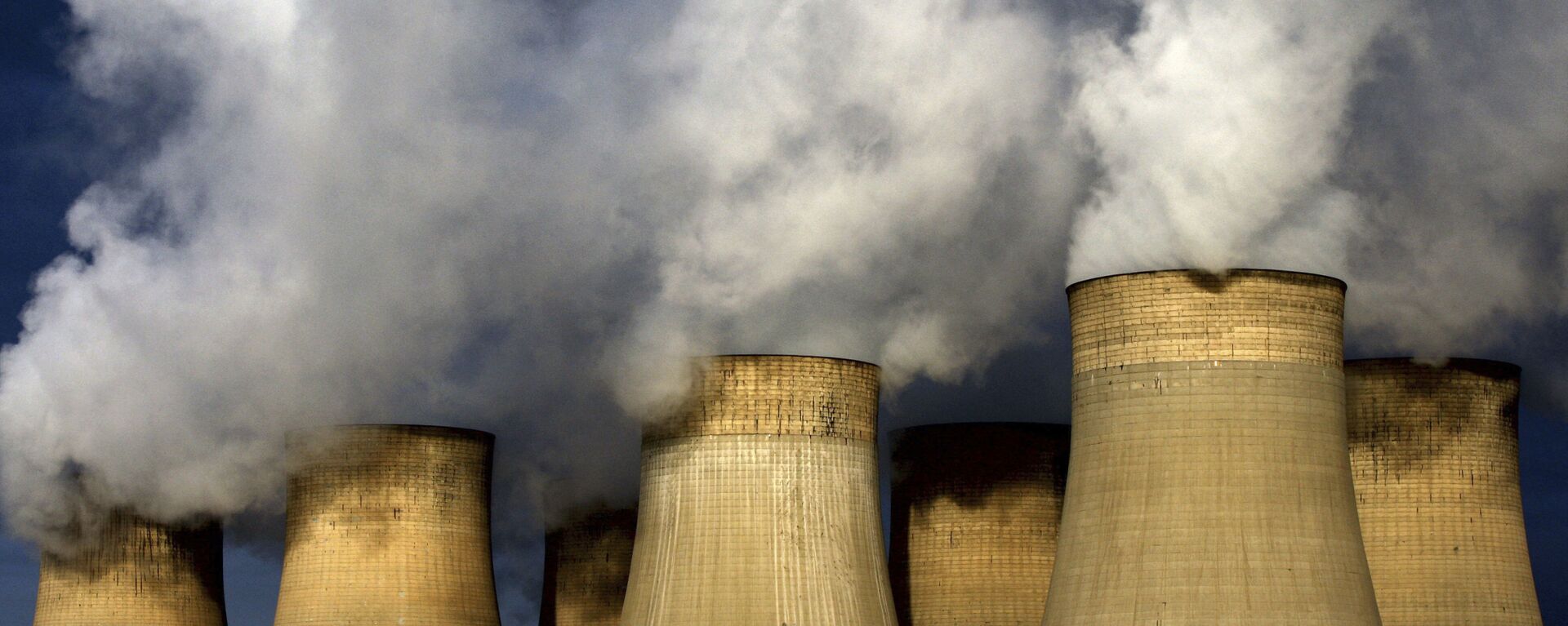https://sputnikglobe.com/20220804/denmarks-own-gas-production-wont-be-relaunched-until-next-winter-1098101849.html
Denmark's Own Gas Production Won't Be Relaunched Until Next Winter
Denmark's Own Gas Production Won't Be Relaunched Until Next Winter
Sputnik International
The delay on the Tyra gas field, which before closure amid the so-called “Green switch” provided 90 percent of Denmark's gas output, has appeared to cloud the... 04.08.2022, Sputnik International
2022-08-04T07:53+0000
2022-08-04T07:53+0000
2022-08-06T08:30+0000
denmark
scandinavia
newsfeed
energy
north sea
energy crisis in europe
https://cdn1.img.sputnikglobe.com/img/102113/80/1021138084_0:0:4191:2357_1920x0_80_0_0_d2aaea98fc33f5d14c39f1f28616f3c9.jpg
Amid the dire situation on Europe's energy market, record-high prices and uncertainty associated with future deliveries of Russian gas due to sanctions, Denmark has been pinning its hopes on the Tyra gas field in the North Sea to assure regular deliveries and relieve some of the economic pain.However, TotalEnergies, which operates the Tyra field on behalf of the Danish Underground Consortium (DUC), said in a press release that the work on rebuilding the field will be delayed.The delay means that gas from the Tyra field will only be delivered during the winter season 2023-24 at the earliest. So far, the expectation has been that the Tyra field could reopen in June next year.COVID-19 has been blamed for the delay, as the pandemic made it more difficult to obtain manpower and materials for the shipyard in Batam in Indonesia, where the platform for the field is being built. Therefore, it won't be completed in time. Pedersen described the Tyra field as a “cornerstone of future Danish gas production”. Overall, oil and gas has been produced in the Danish part of the North Sea since 1972, creating workplaces both onshore and offshore. Before its closure in September 2019 for environmental reasons as part of the much-touted “Green switch”, the Tyra field accounted for 90 percent of the natural gas produced in Denmark.When fully ready, Tyra II is expected to produce 2.8 billion cubic meters of gas per year.Denmark's total gas consumption in 2021 was 2.15 billion cubic meters, which corresponds to 0.4 percent of the EU's total gas consumption.Today, wholly 800,000 Danes in the country of 5.8 million live in homes powered by gas, which has cast doubt over the feasibility of the government's plans to go fully green in a matter of years.In June, the Danish Energy Agency issued an early warning due to uncertainty about the Nordic country's gas supplies, calling on fellow Danes to save energy. In order to achieve energy self-sufficiency, Denmark plans a drastic expansion of wind and solar energy production. At the same time, it will also boost domestic production of gas, despite previous plans to halt it entirely.Faced with the prospect of power outages and rationing in the coming winter, EU leaders have adopted a “voluntary” target to reduce gas usage by 15 percent through March 2023 in order to evade the looming crisis.
https://sputnikglobe.com/20220411/denmark-wants-to-phase-out-gas-heating-become-independent-of-russia-1094662326.html
denmark
scandinavia
north sea
Sputnik International
feedback@sputniknews.com
+74956456601
MIA „Rossiya Segodnya“
2022
News
en_EN
Sputnik International
feedback@sputniknews.com
+74956456601
MIA „Rossiya Segodnya“
Sputnik International
feedback@sputniknews.com
+74956456601
MIA „Rossiya Segodnya“
denmark, scandinavia, newsfeed, energy, north sea
denmark, scandinavia, newsfeed, energy, north sea
Denmark's Own Gas Production Won't Be Relaunched Until Next Winter
07:53 GMT 04.08.2022 (Updated: 08:30 GMT 06.08.2022) The delay on the Tyra gas field, which before closure amid the so-called “Green switch” provided 90 percent of Denmark's gas output, has appeared to cloud the Nordic country's ambitions to help alleviate the current energy crisis.
Amid the dire situation on Europe's energy market, record-high prices and uncertainty associated with future deliveries of Russian gas due to sanctions, Denmark has been pinning its hopes on the Tyra gas field in the North Sea to assure regular deliveries and relieve some of the economic pain.
However, TotalEnergies, which operates the Tyra field on behalf of the Danish Underground Consortium (DUC), said in a press release that the work on rebuilding the field will be delayed.
The delay means that gas from the Tyra field will only be delivered during the winter season 2023-24 at the earliest. So far, the expectation has been that the Tyra field could reopen in June next year.
COVID-19 has been blamed for the delay, as the pandemic made it more difficult to obtain manpower and materials for the shipyard in Batam in Indonesia, where the platform for the field is being built. Therefore, it won't be completed in time.
“We take the current energy crisis in Denmark and Europe seriously. Therefore, we are mobilizing significant additional resources offshore so that we can whenever possible compensate for the delays that have occurred at the shipyard and get Tyra into operation”, Martin Rune Pedersen, director of TotalEnergies Denmark,
told TV2.
Pedersen described the Tyra field as a “cornerstone of future Danish gas production”. Overall, oil and gas has been produced in the Danish part of the North Sea since 1972, creating workplaces both onshore and offshore. Before its closure in September 2019 for environmental reasons as part of the much-touted “Green switch”, the Tyra field accounted for 90 percent of the natural gas produced in Denmark.
When fully ready, Tyra II is expected to produce 2.8 billion cubic meters of gas per year.
Denmark's total gas consumption in 2021 was 2.15 billion cubic meters, which corresponds to 0.4 percent of the EU's total gas consumption.
Today, wholly 800,000 Danes in the country of 5.8 million live in homes powered by gas, which has cast doubt over the feasibility of the government's plans to go fully green in a matter of years.
In June, the Danish Energy Agency issued an early warning due to uncertainty about the Nordic country's gas supplies, calling on fellow Danes to save energy. In order to achieve energy self-sufficiency, Denmark plans a drastic expansion of wind and solar energy production. At the same time, it will also boost domestic production of gas, despite previous plans to halt it entirely.
Faced with the prospect of power outages and rationing in the coming winter, EU leaders have adopted a “voluntary” target to reduce gas usage by 15 percent through March 2023 in order to evade the looming crisis.



